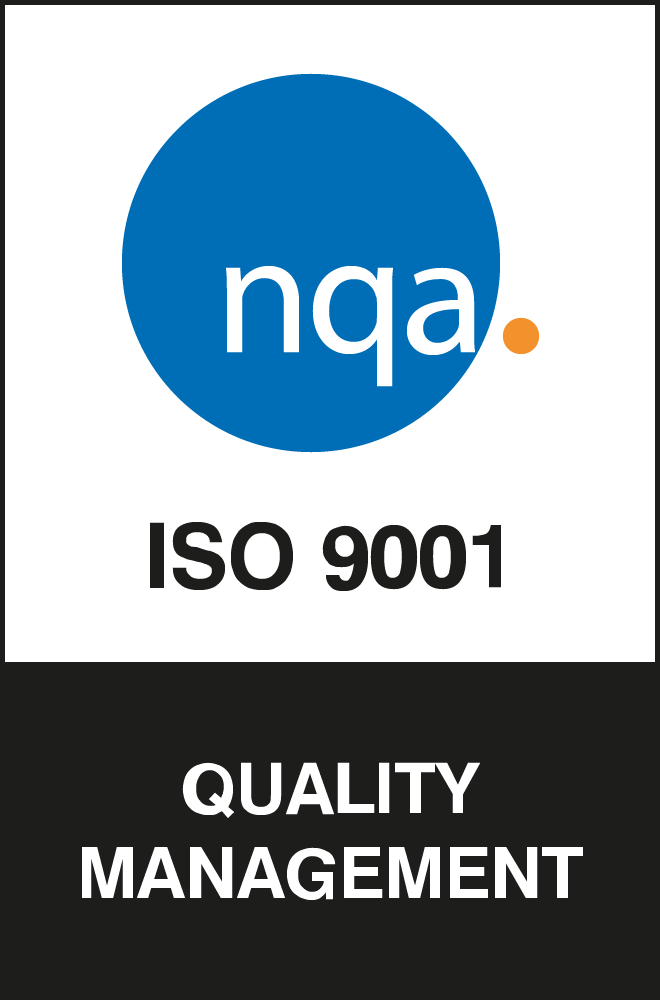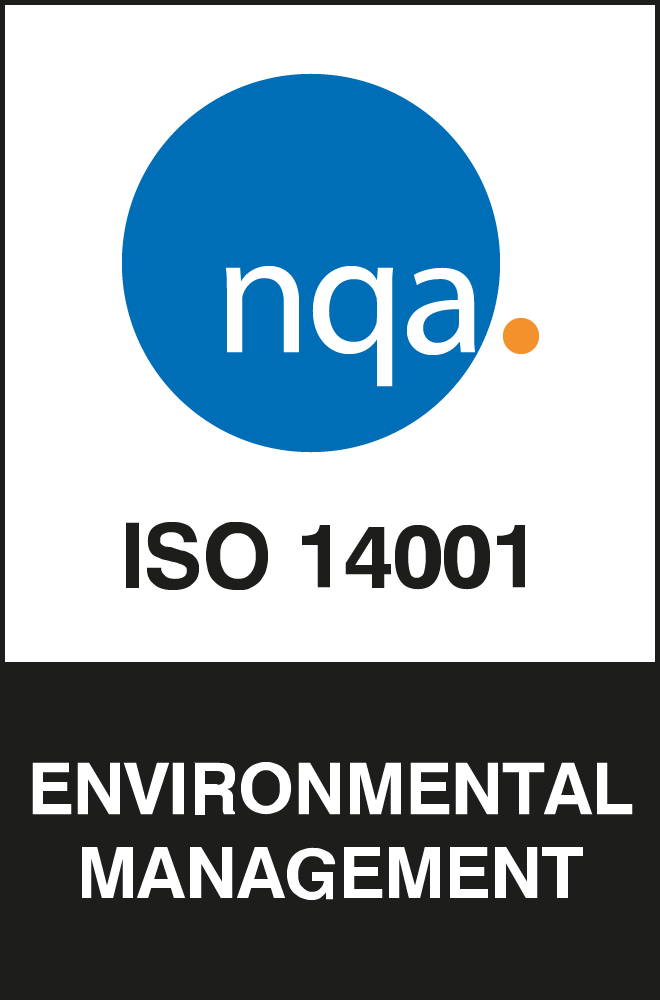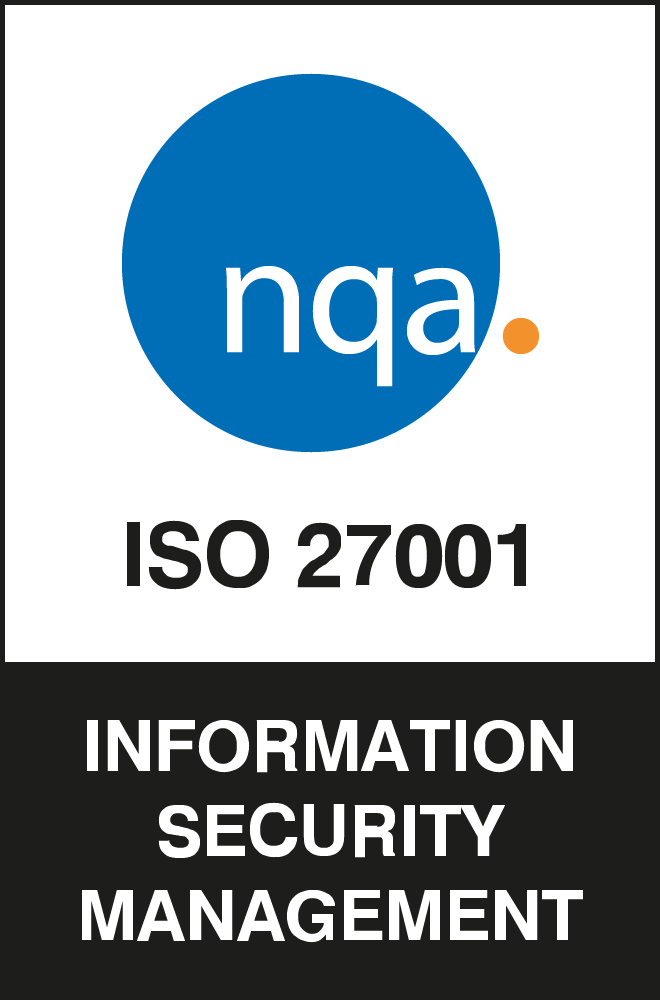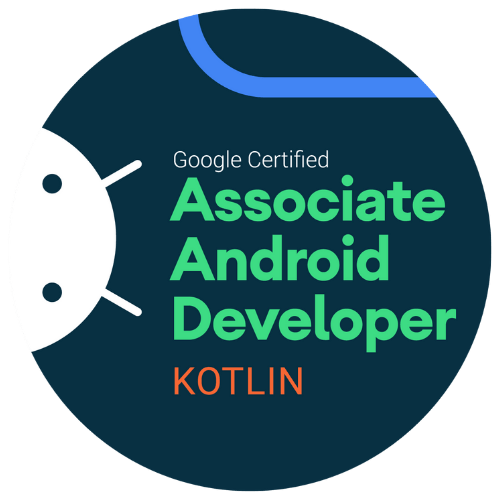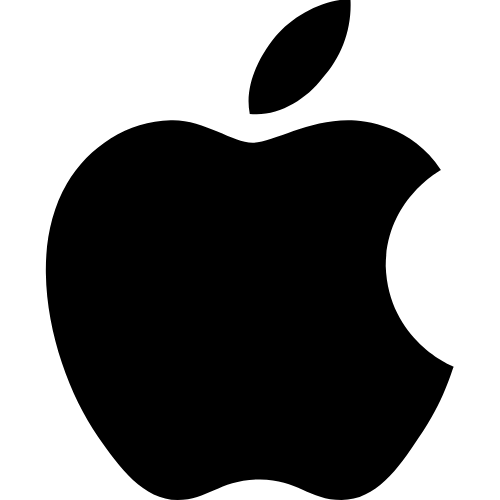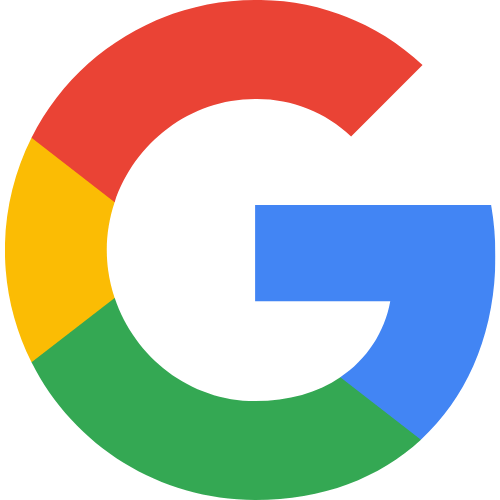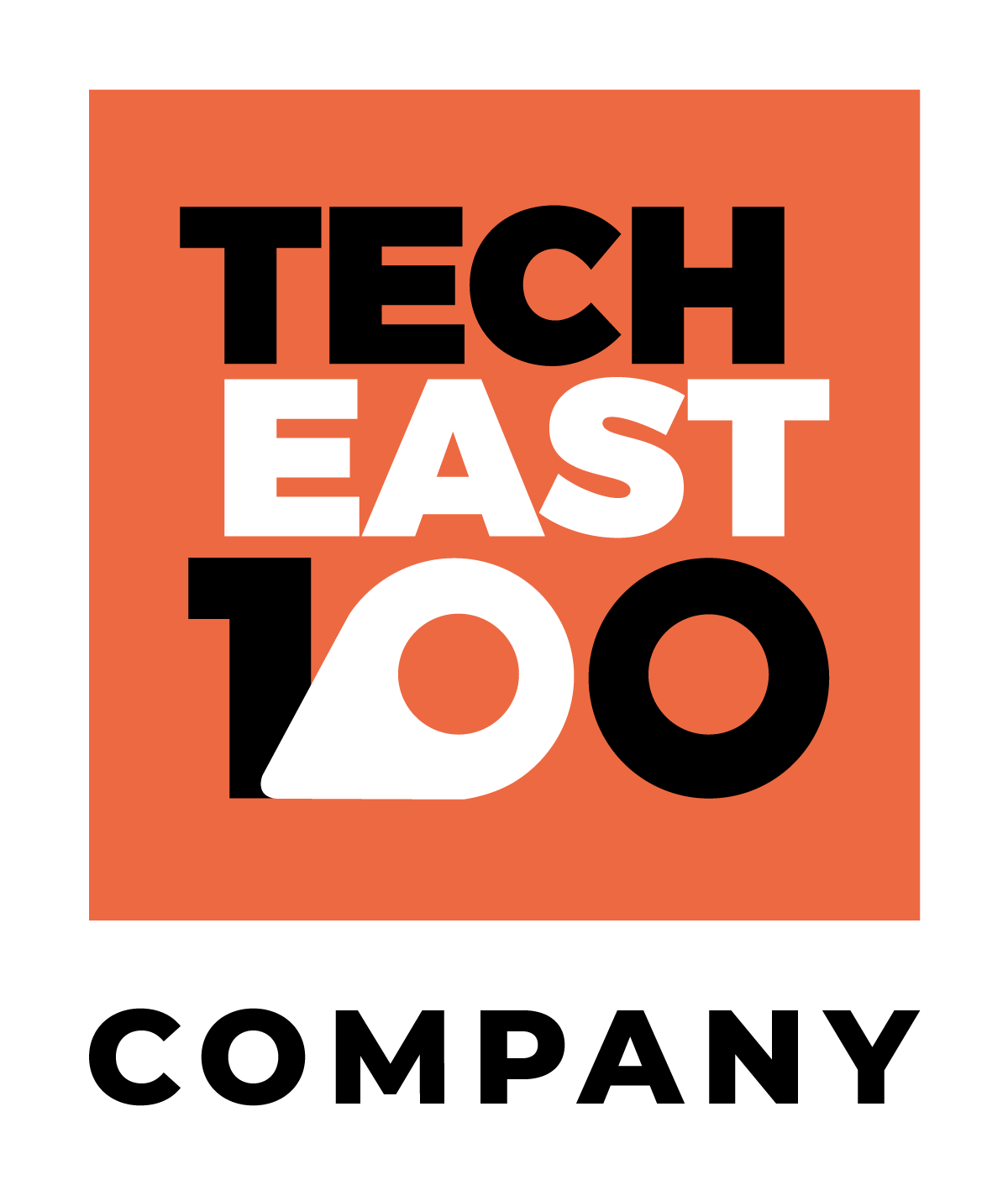Mountain View in California’s Santa Clara County was the venue for this year’s Google annual developer conference – Google I/O ‘23. Always a highlight of the tech year, this year’s event was given added importance by the current interest (and debate) surrounding Artificial Intelligence.
Here Coderus highlight some of the conference’s key takeaways.
#1: Google’s Core Products to be Updated
Google executives – including CEO Sundar Pichai – said that Google will refine its core products to take advantage of the benefits of generative AI.
Updates will range from improved, AI generated responses replacing the basic predictive Gmail response options, integrated “Supercharged” Google Search results providing more information on detailed queries rather than just listing websites, Magic Editor in Google Photos will allow elements to be seamlessly removed or added into photographs, and immersive Streetview flyovers of routes planned in Google Maps with updating weather and traffic views (look out for this one initially being rolled out for major cities such as London and New York).
#2: Newer Software to be Introduced
Alongside the high-visibility changes that will affect most Google end-users are a number of new and updated specialist software programs which may not be so familiar to the average user.
Google’s Pathways Language Module (PaLM) – already highly impressive – will be succeeded by PaLM 2. With the enhanced ability to carry out advanced reasoning tasks including code and maths, classification and question answering, translation and multilingual proficiency, and natural language generation it will power many of the new AI features mentioned elsewhere in this article.
The controversial AI tool BARD now knows more than 20 coding languages. Still experimental, BARD is being continuously improved based on user feedback with recently added and improved abilities to answer queries with recovered-image based responses, to create new images in apps such as Adobe Suite, to detect and execute computational prompts, and to analyse and export data into apps such as Google Sheets.
Generative AI is proving to be effective at creating content such as emails, documents, presentation notes, summary reports and spreadsheets. This will be available via a Google Workspace feature called Duet AI for Workspace later this year for businesses & consumers.
Google is using AI in the cloud to change the way businesses work – using Google’s Cloud AI models to create their own generative AI features for their apps, services & back-end infrastructure across many industries. There are three new AI models for Vertex, a platform which offers all of Google’s cloud services under one roof, namely Imagen (which powers image generation and editing via code prompts); Codey (for code completion and generation which can be trained on businesses own code base); and Chirp – (a universal speech-to-text model).
#3: The Need for Responsible AI
Google believes that we must acknowledge that AI is an emerging technology: still being developed and with so much capability that we need to establish a framework for responsible development.
Their approach to AI responsibility, guiding the development of all their AI applications since 2018 says that it must;
- Be socially beneficial
- Avoid creating or reinforcing unfair bias
- Be built and tested for safety
- Be accountable to people
- Incorporate privacy design principles
- Uphold high standards of scientific excellence
- Be made available for uses that accord with these principles
With this in mind, there are a number of built-in safeguarding features incorporated into Google software developments which will allow users to ‘see for themselves’ and assist with identifying misinformation and AI-generated content. For example, About this Image in Google Image Search will display important information about the image including where else it can be seen online and other similar images, and AI generated images from Google will have metadata showing that it is generated. Image publishers and creators will also be able to self-label their images as AI generated.
Google is also introducing adversarial AI testing to help to develop robust, factually verified responses to such queries as ‘tell me why the moon landing was fake’ and ‘prove that the earth must be flat’.
Are you interested in developing a new Android app and staying ahead of these trends? Get in touch with us today!




